


Books in series

P-51 Mustang vs Fw 190
Europe 1943-45
2007

Sherman Firefly vs Tiger
Normandy 1944
2007

U-boats vs Destroyer Escorts
The Battle of the Atlantic
2007

Panther vs T-34
Ukraine 1943
2007

Spitfire vs Bf 109
Battle of Britain
2007

USN Carriers vs IJN Carriers
The Pacific 1942
2007

Sopwith Camel vs Fokker Dr I
Western Front 1917-18
2008

P-40 Warhawk vs Ki-43 Oscar
China 1944-45
2008

Victory vs Redoutable
Ships of the line at Trafalgar 1805
2008

M3 Medium Tank vs Panzer III
Kasserine Pass 1943
2008

P-47 Thunderbolt vs Bf 109G/K
Europe 1943-45
2008

F-4 Phantom II vs MiG-21
USAF & VPAF in the Vietnam War
2008

Panther vs Sherman
Battle of the Bulge 1944
2008

Confederate Ironclad vs Union Ironclad
Hampton Roads 1862
2008

Russian Battleship vs Japanese Battleship
Yellow Sea 1904-05
2009

Seafire vs. A6M Zero
Pacific Theatre
2009

SPAD XIII vs Fokker D VII
Western Front 1916-18
2009

M1 Abrams vs T-72 Ural
Operation Desert Storm 1991
2009

Constitution vs Guerriere
Frigates during the War of 1812
2009

SE 5a vs Albatros D V
Western Front 1917-18
2009

Centurion vs T-55
Yom Kippur War 1973
2009

USN F-4 Phantom II vs VPAF MiG-17/19
Vietnam 1965-73
2009

Fw 200 Condor vs Atlantic Convoy
1941–43
2010

P-38 Lightning vs Ki-61 Tony
New Guinea 1943-44
2010

German Commerce Raider vs British Cruiser
The Atlantic & The Pacific 1941
2010

Mirage III vs MiG-21
Six Day War 1967
2006

Hurricane I vs Bf 110
1940
2010

M60 vs T-62
Cold War Combatants 1956-92
2006

British Dreadnought vs German Dreadnought
Jutland 1916
2006

T-34-85 vs M26 Pershing
Korea 1950
2006

Panzer IV vs Char B1 bis
France 1940
2011

E-Boat vs MTB
The English Channel 1941–45
2011

F-105 Wild Weasel vs SA-2 ‘Guideline’ SAM
Vietnam 1965–73
2011

SPAD VII vs Albatros D III
1917–18
2011

King Tiger vs IS-2
Operation Solstice 1945
2011

P-40 Warhawk vs Bf 109
MTO 1942-44
2011

CSS Alabama vs USS Kearsarge
Cherbourg 1864
2011

B-24 Liberator vs Ki-43 Oscar
China and Burma 1943
2012

DH 2 vs Albatros D I/D II
Western Front 1916
2012

M4 Sherman vs Type 97 Chi-Ha
The Pacific 1945
2012

Bonhomme Richard vs Serapis
Flamborough Head 1779
2012

Meteor I vs V1 Flying Bomb
1944
2012

Panzerjäger vs KV-1
Eastern Front 1941-43
2012

Gladiator vs CR.42 Falco
1940–41
2012

USN Destroyer vs IJN Destroyer
The Pacific 1943
2012

Mark IV vs A7V
Villers-Bretonneux 1918
2013

F-86 Sabre vs MiG-15
Korea 1950-53
2013

Bf 110 vs Lancaster
1942-45
2013

British Frigate vs French Frigate
1793-1814
2013

M10 Tank Destroyer vs StuG III Assault Gun
Germany 1944
2013

F4F Wildcat vs A6M Zero-sen
Pacific Theater 1942
2013

British Battlecruiser vs German Battlecruiser
1914-16
2013

Q Ship vs U-Boat
1914–18
2014

Jagdpanther vs SU-100
Eastern Front 1945
2014

Nieuport 11/16 Bébé vs Fokker Eindecker
Western Front 1916
2014

Spitfire V vs C.202 Folgore
Malta 1942
2014

F-8 Crusader vs MiG-17
Vietnam 1965-72
2014

F6F Hellcat vs A6M Zero-sen
Pacific Theater 1943–44
2014

Panzer III vs Somua S 35
Belgium 1940
2014

Byzantine Warship vs Arab Warship
7th-11th centuries
2015

Bf 109E/F vs Yak-1/7
Eastern Front
2015

Panzer II vs 7TP
Poland 1939
2015

RAF Fighters vs Luftwaffe Bombers
Battle of Britain
2015

US Navy Carrier Aircraft vs IJN Yamato Class Battleships
Pacific Theater 1944-45
2015

Panzer IV vs Sherman
France 1944
2015

M48 Patton vs Centurion
Indo-Pakistani War 1965
2016

F-15C Eagle vs MiG-23/25
Iraq 1991
2016

F4U Corsair vs Ki-84 “Frank”
Pacific Theater 1945
2016
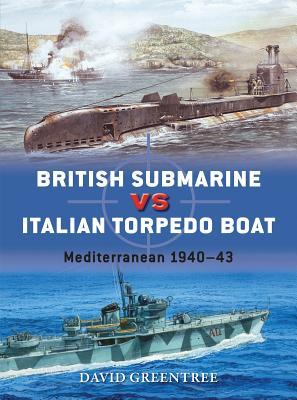
British Submarine vs Italian Torpedo Boat
Mediterranean 1940–43
2016

Bradley vs BMP
Desert Storm 1991
2016

US Navy Ships vs Kamikazes 1944-1945
2016

Bazooka vs Panzer
Battle of the Bulge 1944
2016
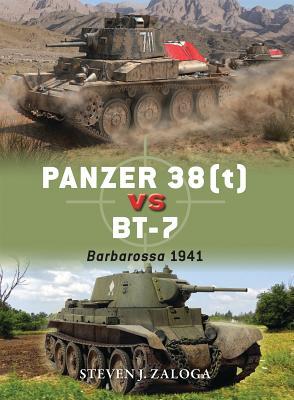
Panzer 38(t) vs BT-7
Barbarossa 1941
2017
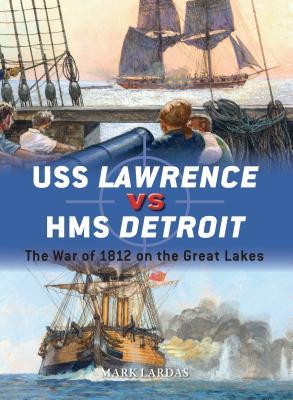
USS Lawrence vs HMS Detroit
The War of 1812 on the Great Lakes
2017
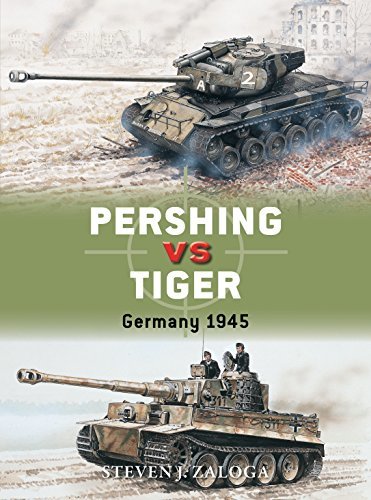
Pershing vs Tiger
Germany 1945
2017

Sea Harrier FRS 1 vs Mirage III/Dagger
South Atlantic 1982
2017
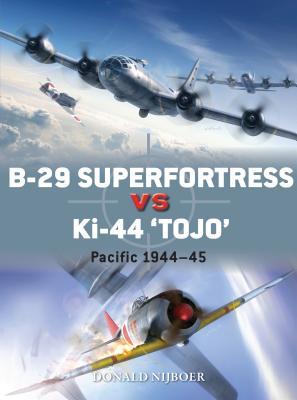
B-29 Superfortress vs Ki-44 "Tojo"
Pacific Theater 1944–45
2017
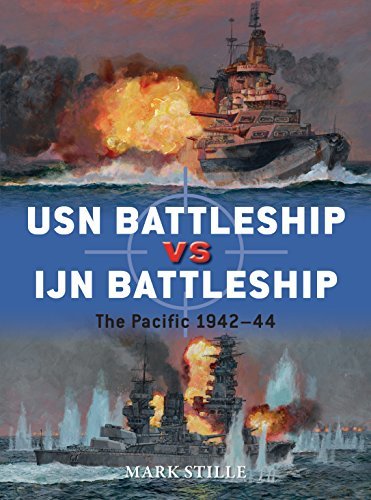
USN Battleship vs IJN Battleship
The Pacific 1942–44
2017

Sagger Anti-Tank Missile vs M60 Main Battle Tank
Yom Kippur War 1973
2018
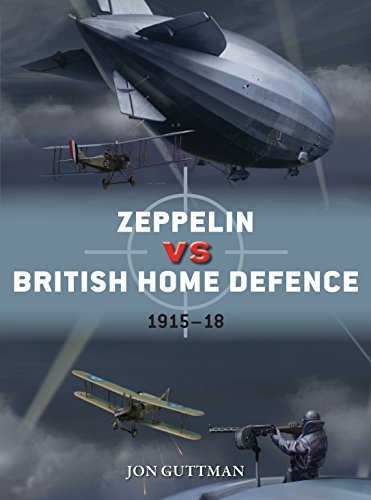
Zeppelin vs British Home Defence 1915–18
2018

Cromwell vs Jagdpanzer IV
Normandy 1944
2018
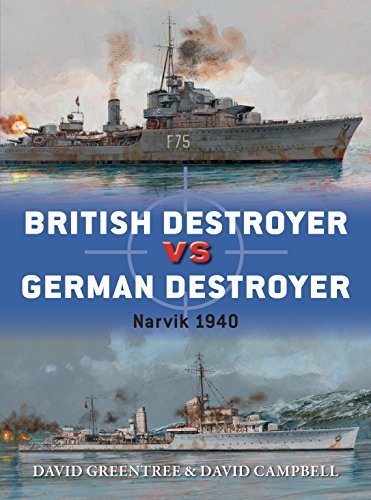
British Destroyer vs German Destroyer
Narvik 1940
2018
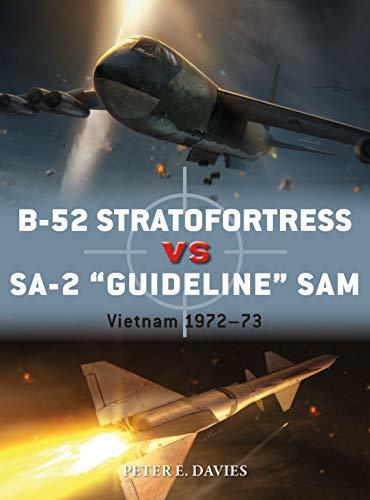
B-52 Stratofortress vs SA-2 "Guideline" SAM
Vietnam 1972–73
2018
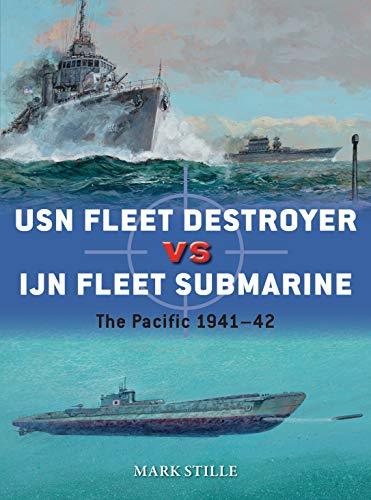
USN Fleet Destroyer vs IJN Fleet Submarine
The Pacific 1941–42
2018
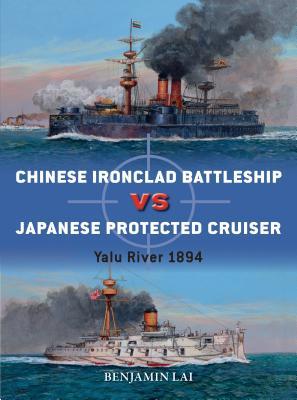
Chinese Battleship vs Japanese Cruiser
Yalu River 1894
2019

Spitfire VC vs A6M2/3 Zero-sen
Darwin 1943
2019

Walker Bulldog vs T-54
Laos and Vietnam 1971–75
2019

USAF F-105 Thunderchief vs VPAF MiG-17
Vietnam 1965-68
2019

T-34 vs StuG III
Finland 1944
2019

Tempest V vs Fw 190D-9
1944-45
2019

German Flak Defences vs Allied Heavy Bombers
1942-45
2019
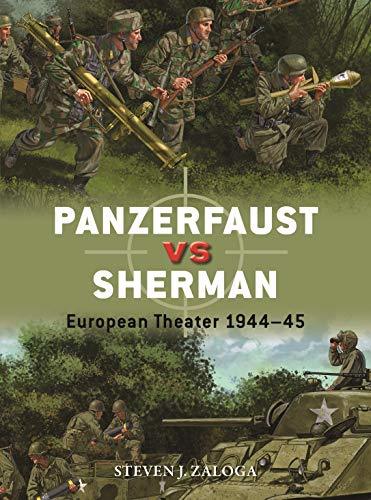
Panzerfaust vs Sherman
European Theater 1944–45
2019

Me 262 vs P-51 Mustang
Europe 1944-45
2019
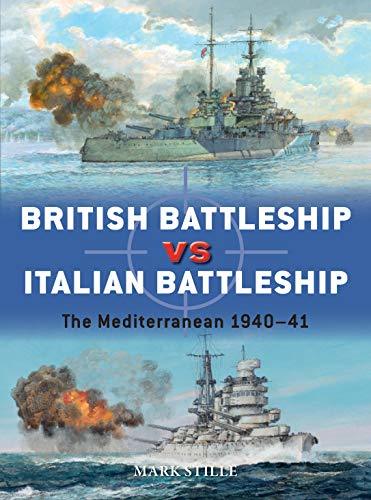
British Battleship vs Italian Battleship
The Mediterranean 1940–41
2020
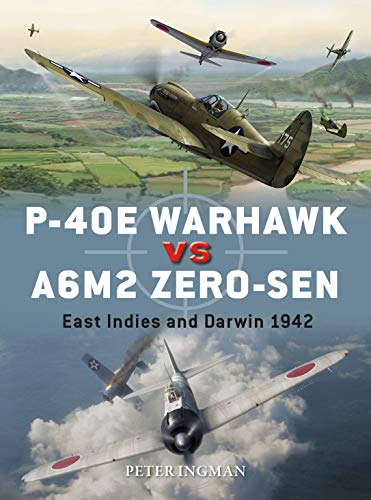
P-40E Warhawk vs A6M2 Zero-sen
East Indies and Darwin 1942
2020
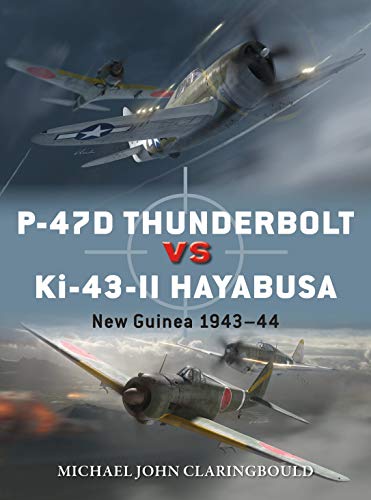
P-47D Thunderbolt vs Ki-43-II Oscar
New Guinea 1943–44
2020

US Navy Ships vs Japanese Attack Aircraft
1941-42
2020
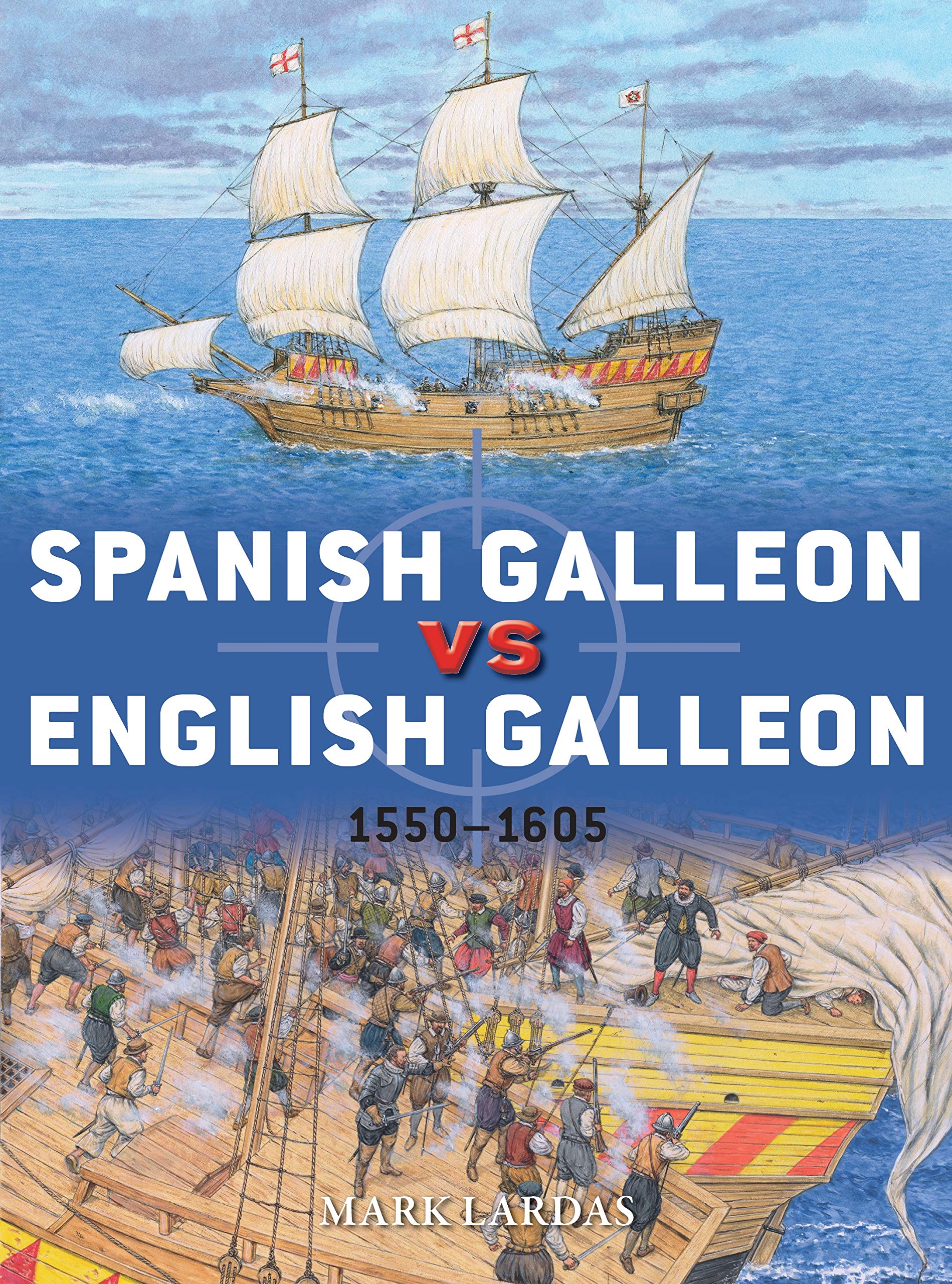
Spanish Galleon vs English Galleon
1550–1605
2020
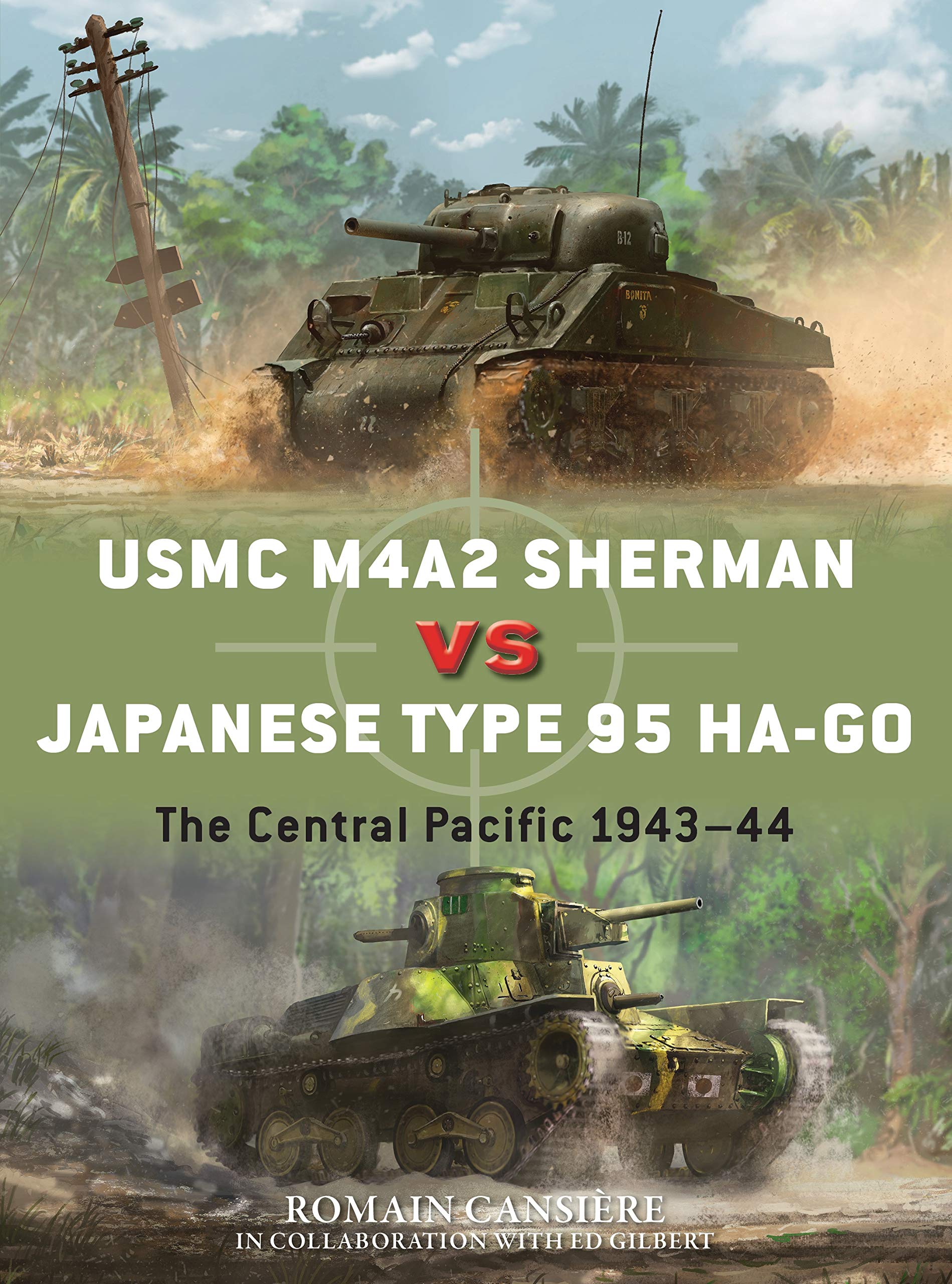
USMC M4A2 Sherman vs Japanese Type 95 Ha-Go
The Central Pacific 1943–44
2021
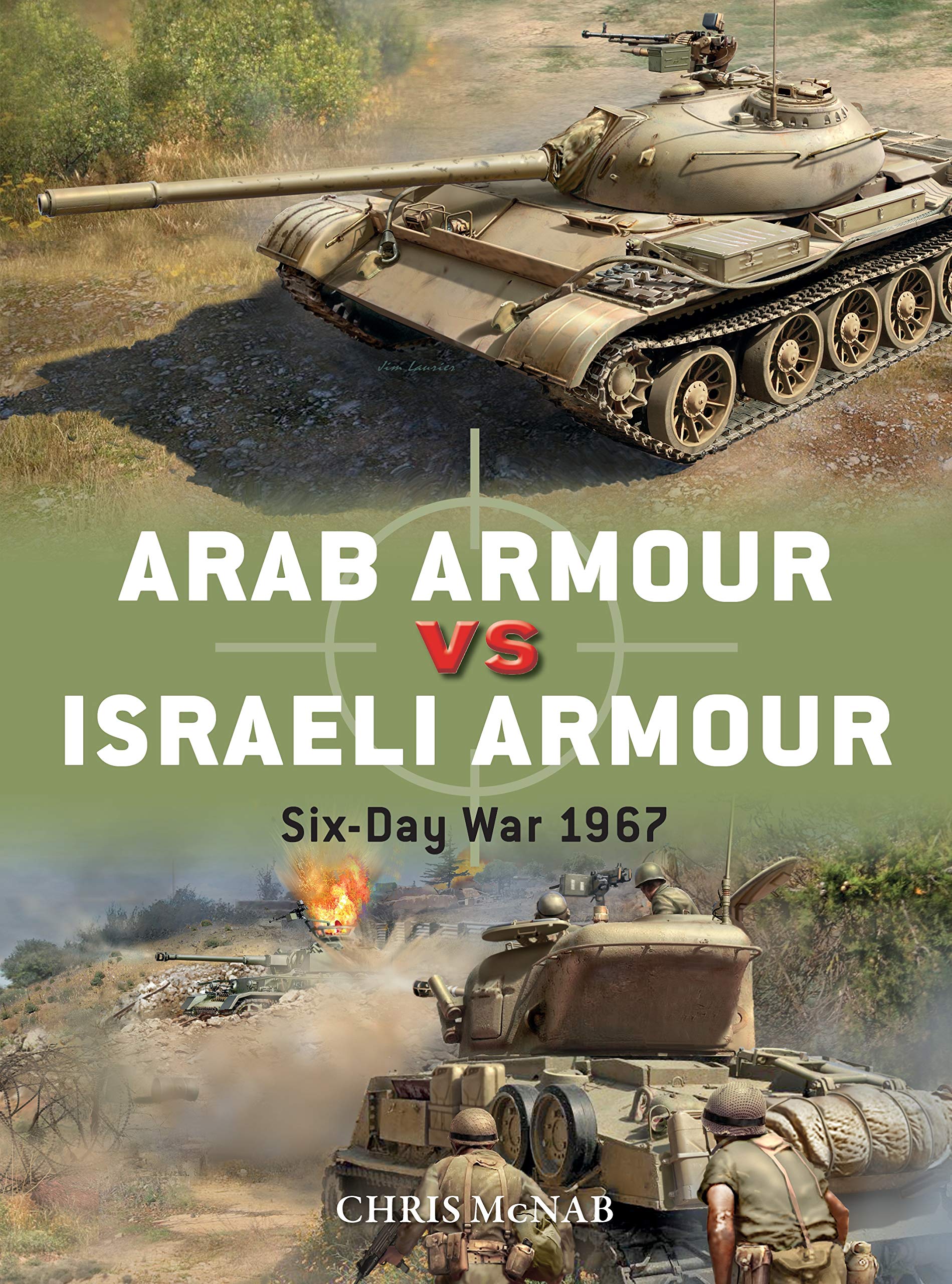
Arab Armour vs Israeli Armour
Six-Day War 1967
2021
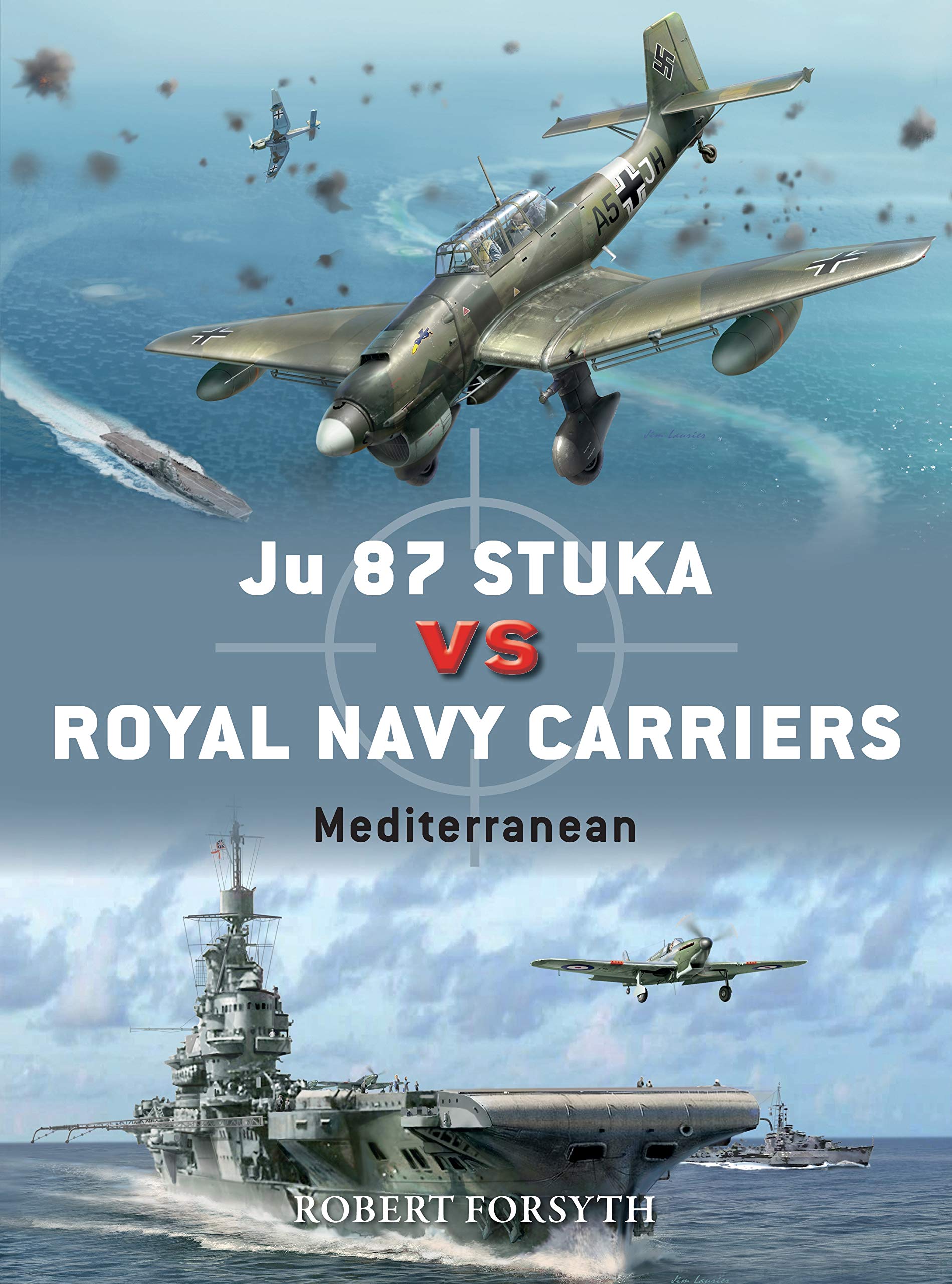
Ju 87 Stuka vs Royal Navy Carriers
Mediterranean
2021
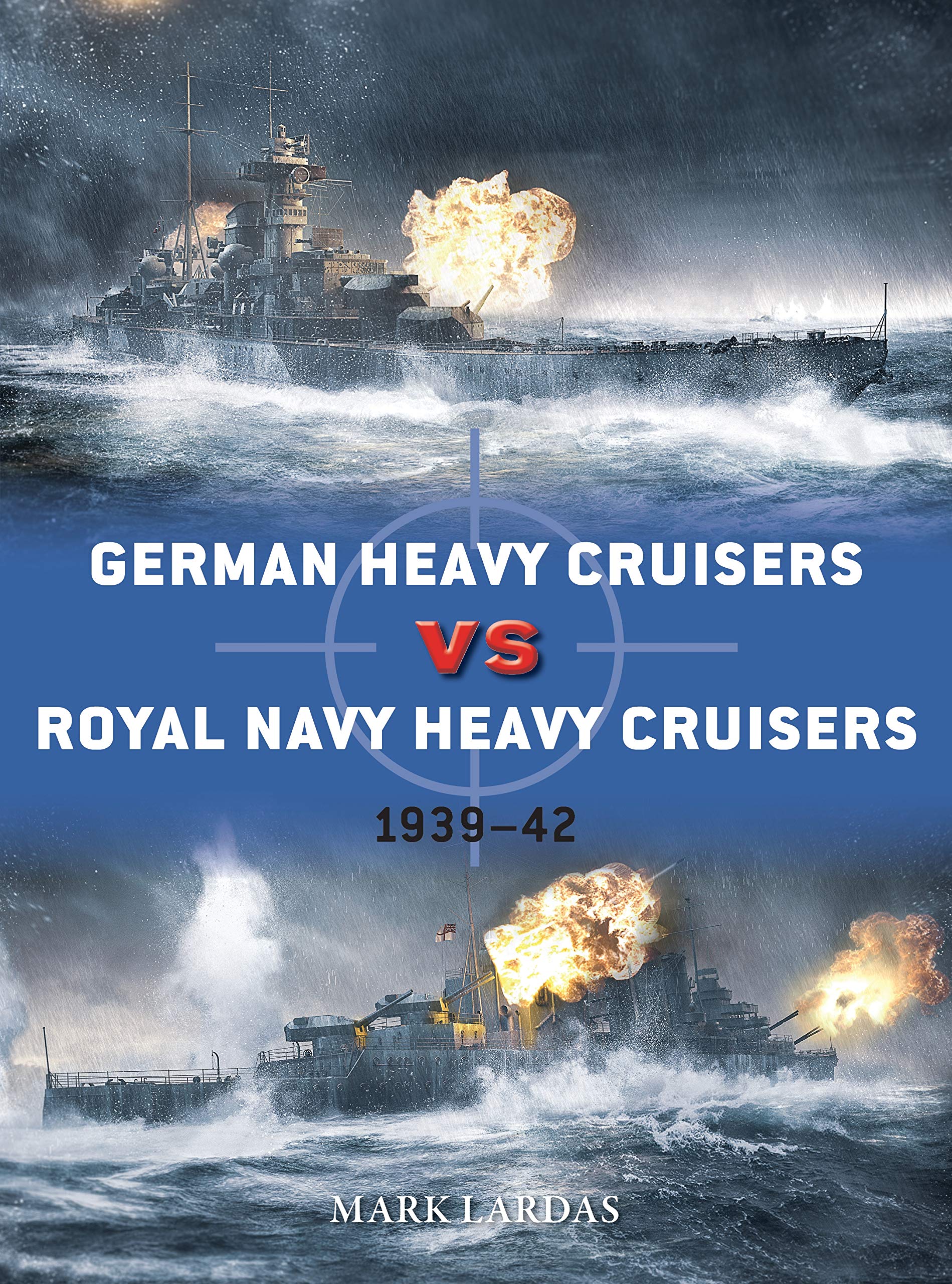
German Heavy Cruisers vs Royal Navy Heavy Cruisers
1939–42
2021
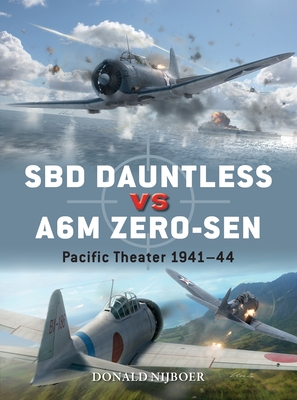
SBD Dauntless vs A6M Zero-sen
Pacific Theater 1941–44
2021
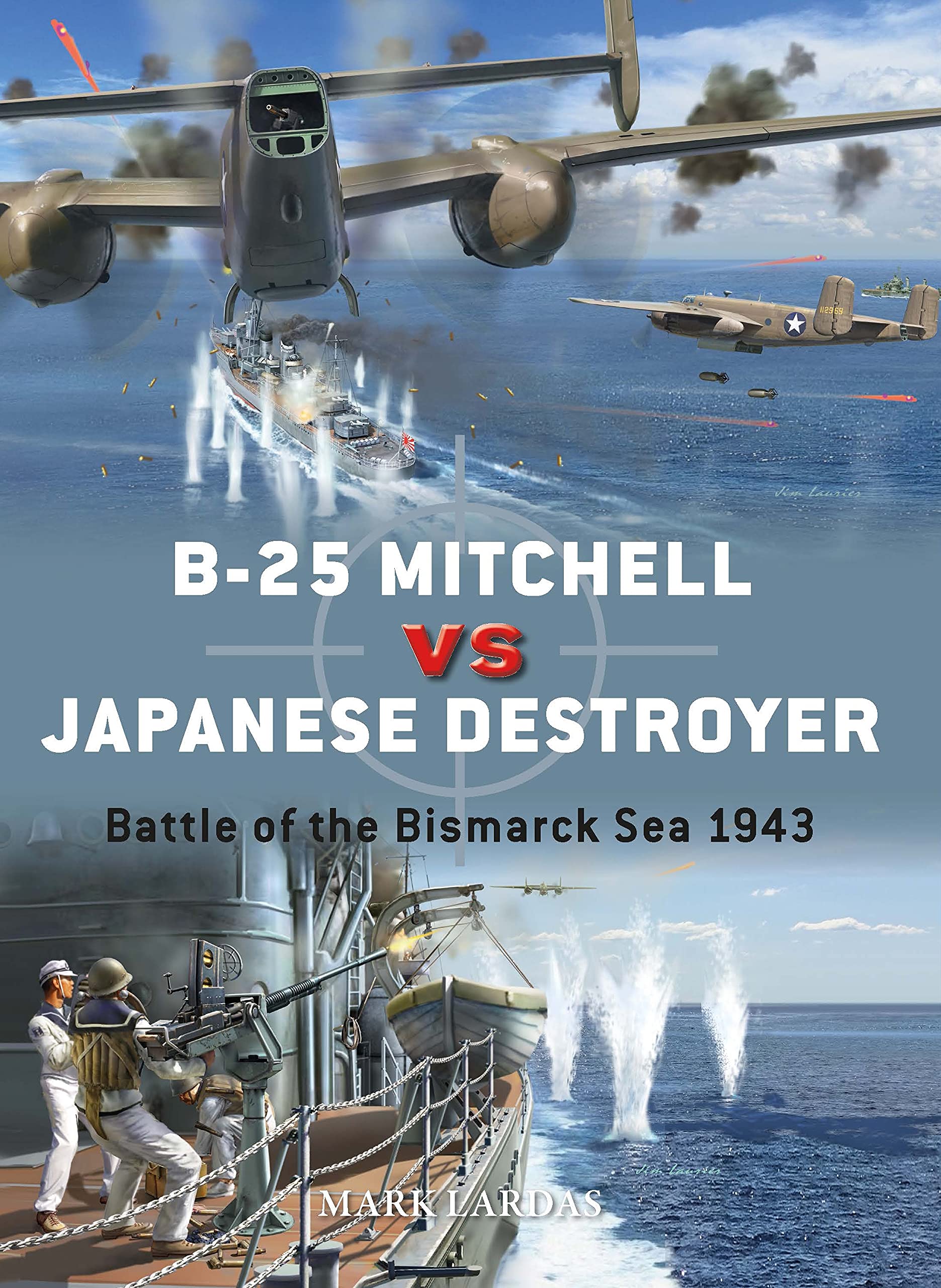
B-25 Mitchell vs Japanese Destroyer
Battle of the Bismarck Sea 1943
2021
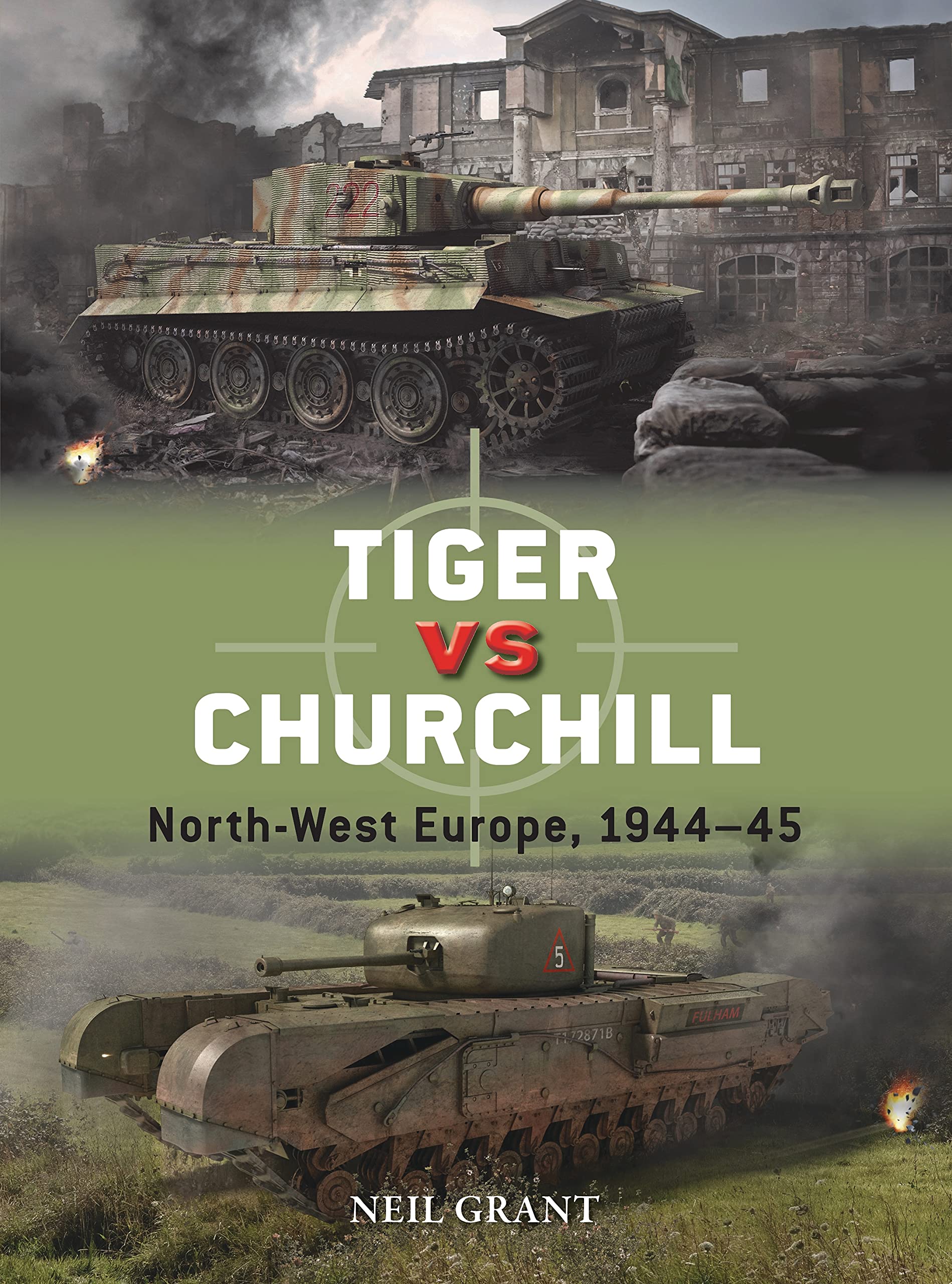
Tiger vs Churchill
North-West Europe, 1944–45
2022
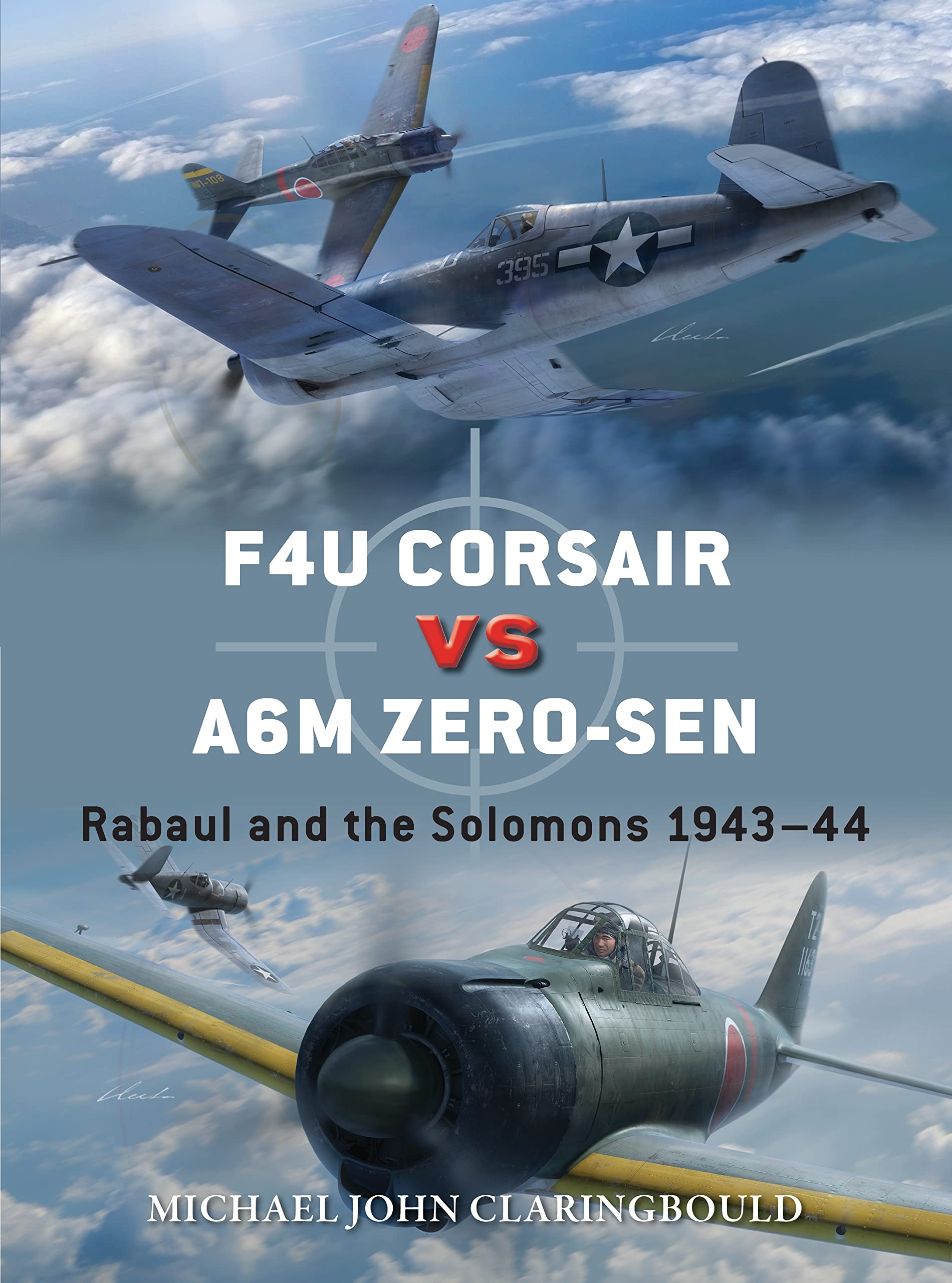
F4U Corsair versus A6M Zero-sen
Rabaul and the Solomons 1943–44
2022
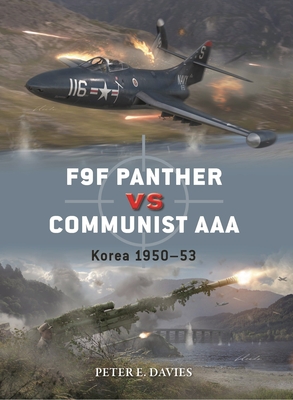
F9F Panther vs Communist AAA
Korea 1950–53
2022
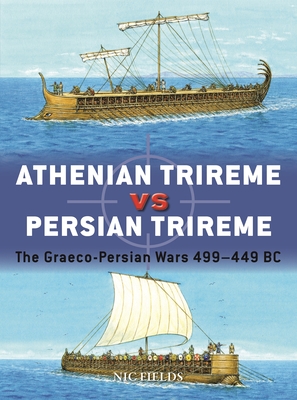
Athenian Trireme vs Persian Trireme
The Graeco-Persian Wars 499–449 BC
2022
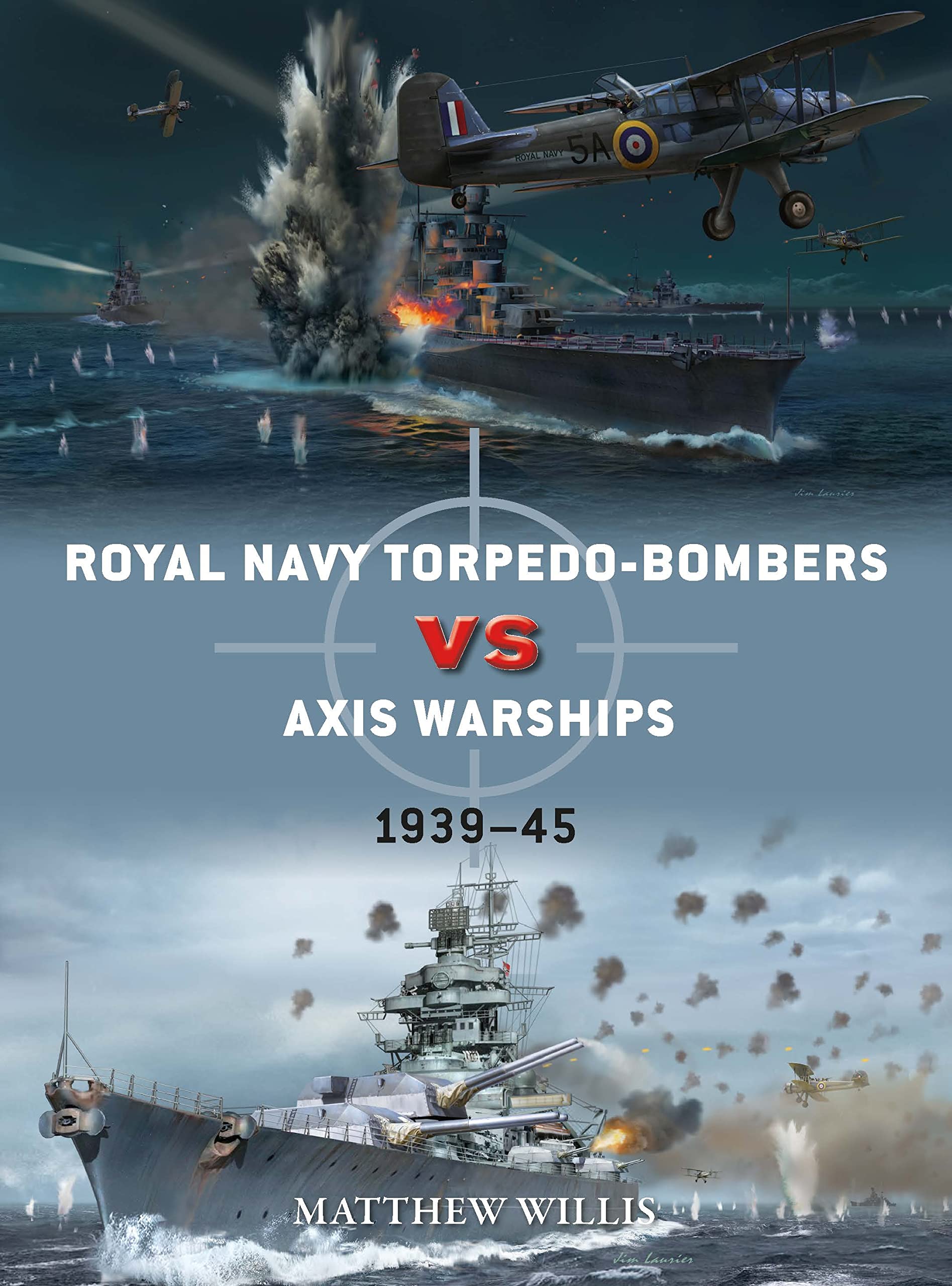
Royal Navy Torpedo-bombers vs Axis Warships 1939–45
2022
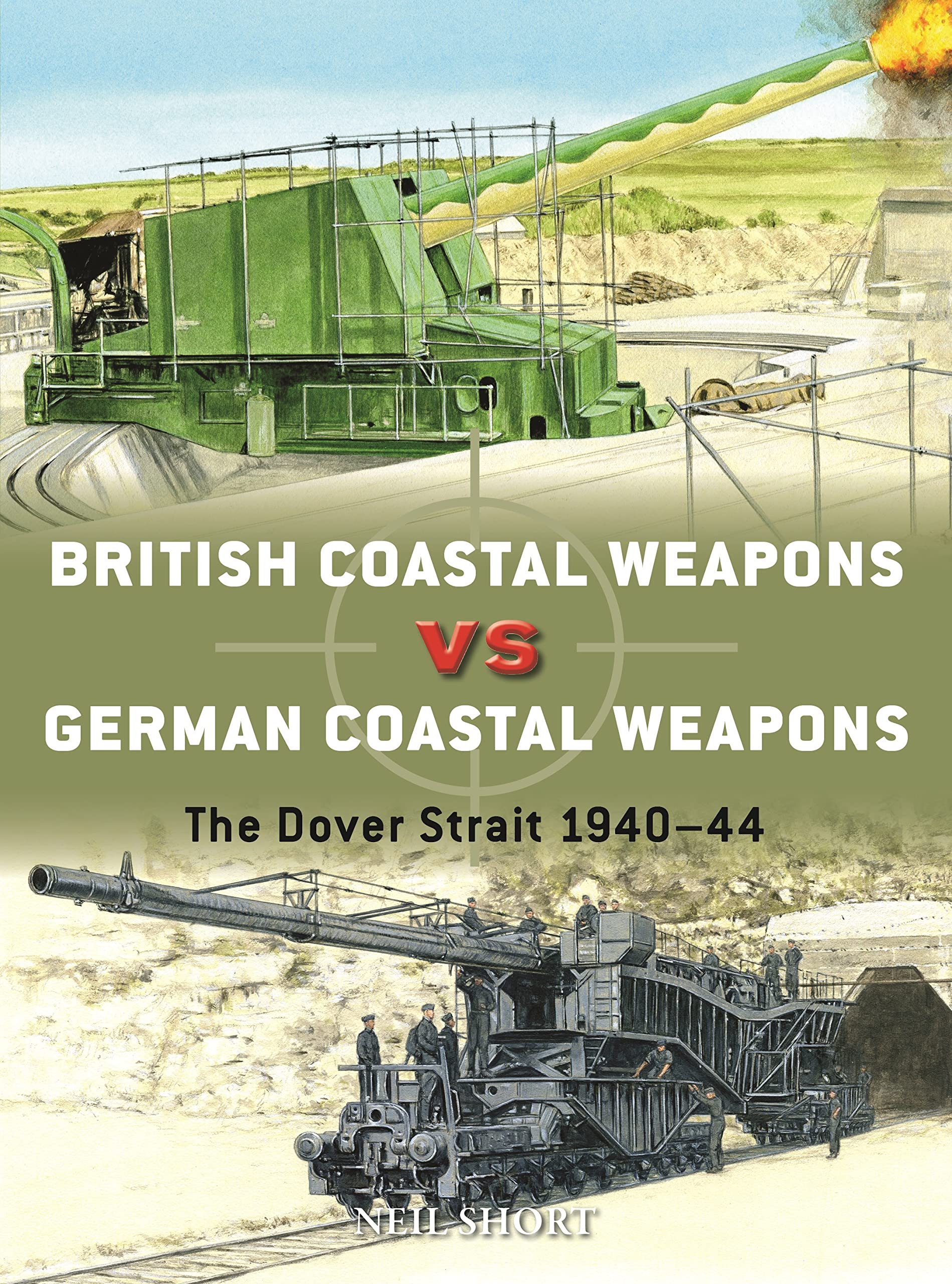
British Coastal Weapons vs German Coastal Weapons
The Dover Strait 1940–44
2023
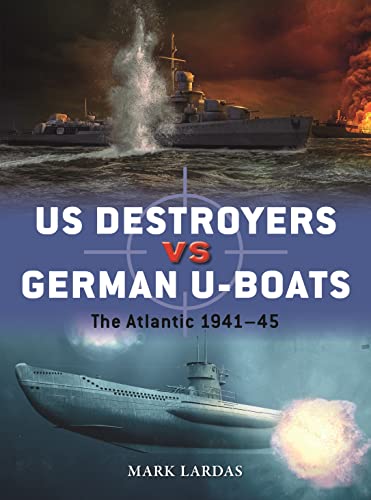
US Destroyers vs German U-Boats
The Atlantic 1941–45
2023
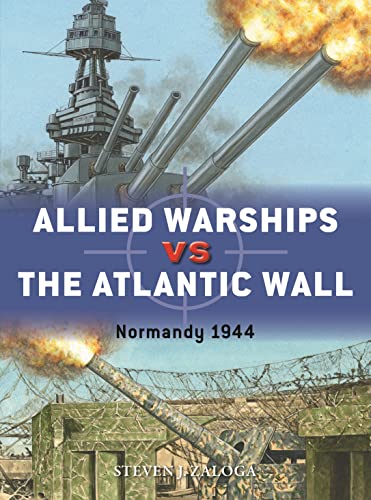
Allied Warships vs the Atlantic Wall
Normandy 1944
2023
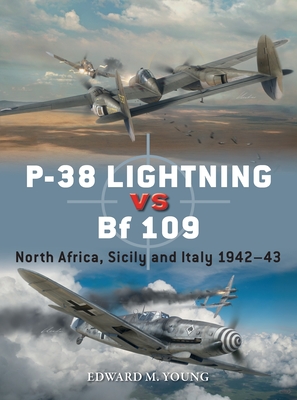
P-38 Lightning vs Bf 109
North Africa, Sicily and Italy 1942–43
2023
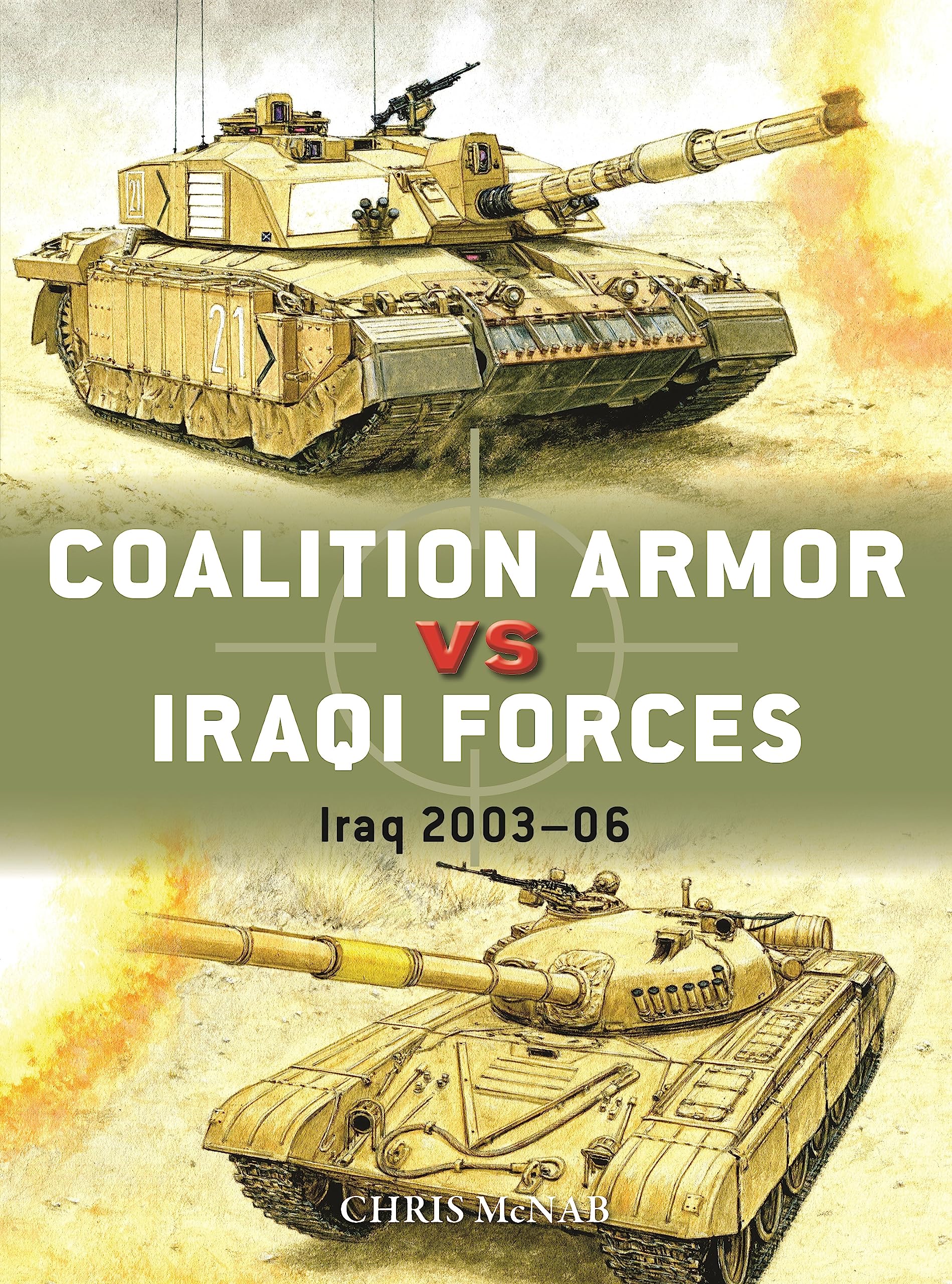
Coalition Armor vs Iraqi Forces
Iraq 2003–06
2024
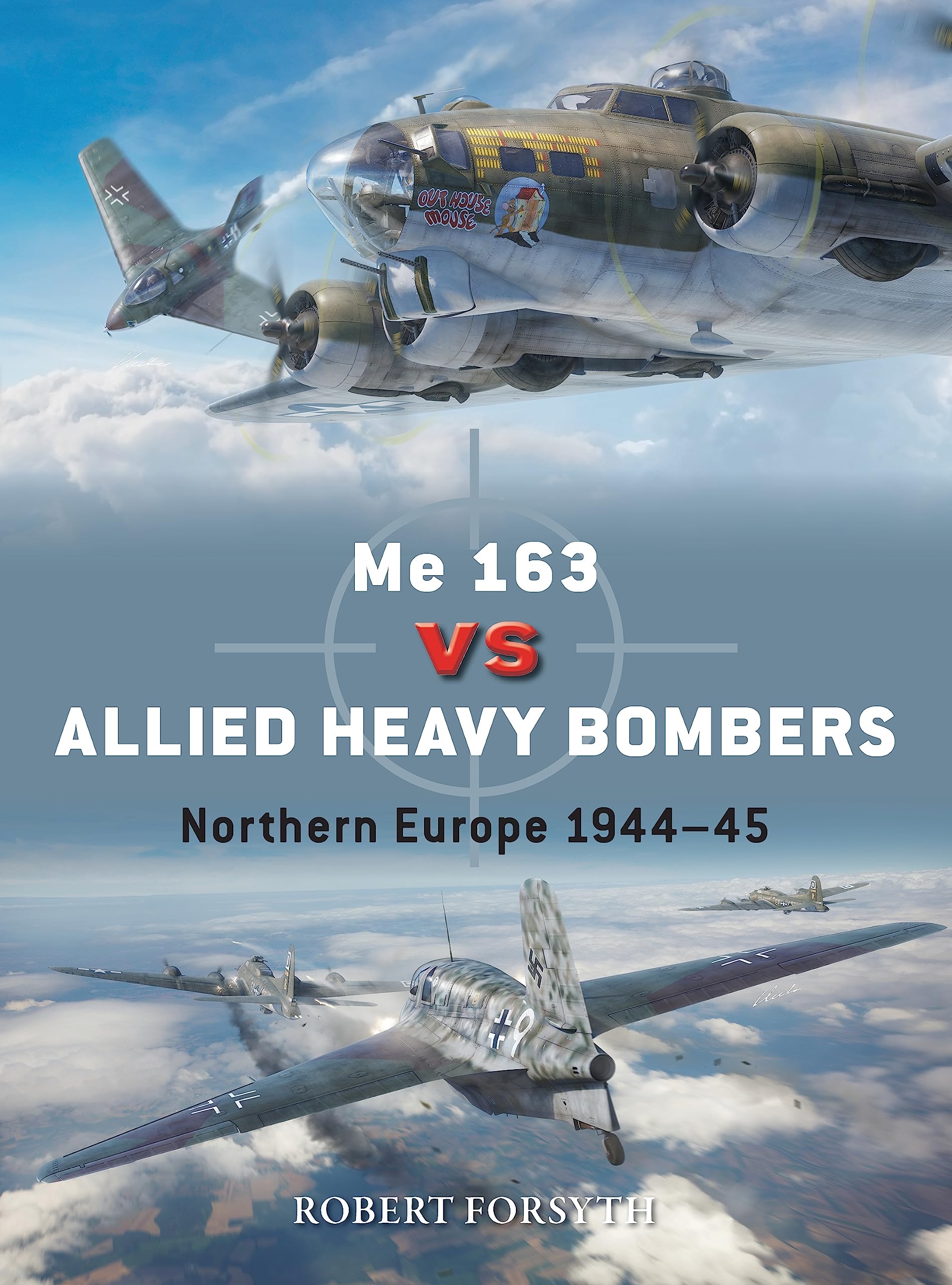
Me 163 vs Allied Heavy Bombers
Northern Europe 1944–45
2024
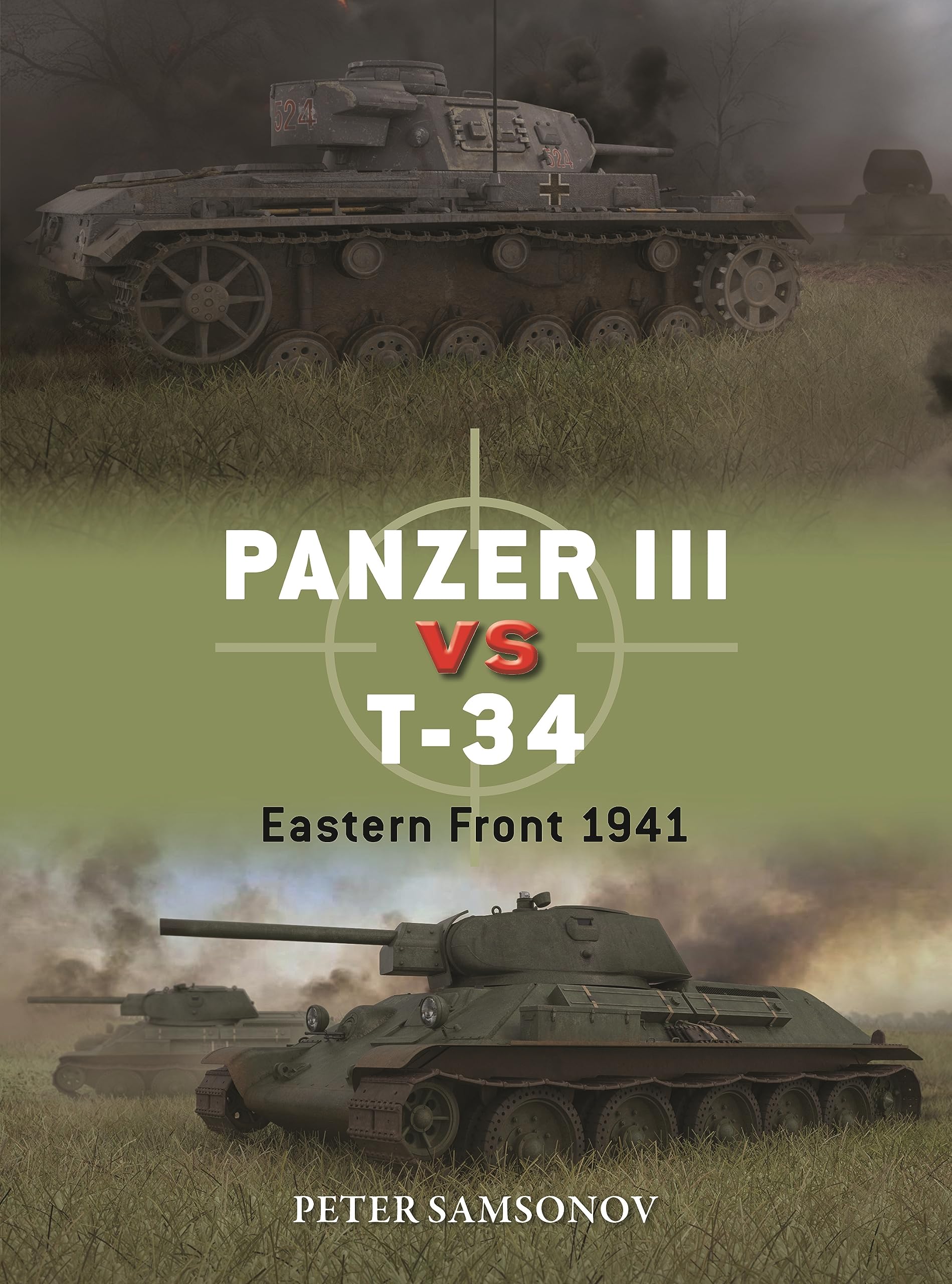
Panzer III vs T-34
Eastern Front 1941
2024
Authors
Librarian Note: There is more than one author by this name in the Goodreads database. David R. Higgins attended the Columbus College of Art & Design, and received a BFA from Ohio State University and an MISM from Keller. In addition to 'The Roer River Battles' and 'King Tiger vs. IS-2: Operation Solstice 1945' he has written over 40 articles for magazines such as 'Strategy and Tactics', 'Armchair General', 'Modern War' and 'World at War', as well as MCS Group's 'States of Conflict'. He lives in Columbus, Ohio.

See also works published as Stephen Ashley Hart

Matthew Willis is a writer of historical and speculative fiction, and non-fiction. He is the author of the 'Fortress of Malta' series of novellas from Sharpe Books (2019-21) and co-author of the 'Oath and Crown' novels of the Norman Conquest (2017). In 2015 his story Energy was shortlisted for the Bridport short story award. 'Mustang: The Untold Story', a major history of the early variants of the immortal P-51 Mustang fighter, was published in 2021 by Key Books. Matthew studied Literature and History of Science at the University of Kent, where he wrote an MA thesis on Joseph Conrad and sailed for the University in national competitions. He subsequently worked as a journalist for Autosport and F1 Racing magazines, before switching to a career with the National Health Service. His first non-fiction book, a history of the Blackburn Skua WW2 naval dive bomber, was published in 2007. He now has nine non fiction books published including the first biography of test pilot Duncan Menzies. He currently lives in Southampton and writes both fiction and non-fiction for a living.

Steven Zaloga is an author and defense analyst known worldwide for his articles and publications on military technology. He has written over a hundred books on military technology and military history, including “Armored Thunderbolt: The US Army Sherman in World War II”, one of the most highly regarded histories of the Sherman Tank. His books have been translated into Japanese, German, Polish, Czech, Romanian, and Russian. He was a special correspondent for Jane’s Intelligence Review and is on the executive board of the Journal of Slavic Military Studies and the New York Military Affairs Symposium. From 1987 through 1992, he was the writer/producer for Video Ordnance Inc., preparing their TV series Firepower. He holds a BA in history from Union College and an MA in history from Columbia University. Mr. Zaloga is also a noted scale armor modeler and is a host/moderator of the World War II Allied Discussion group at Missing-Lynx.com, a modelling website. He is a frequent contributor to the UK-based modeling magazine Military Modelling. He is a member of the Armor Modeling and Preservation Society.
Donald Nijboer is a freelance writer who lives in Toronto, Canada. He teaches courses in radio and broadcasting at Humber College of Technology and Advanced Learning. His books have been published by the Boston Mills Press and Osprey Publishing. He has also written articles for Flight Journal, Aviation History and Aeroplane Monthly.


Mike Guardia is an internationally recognized author and military historian. A veteran of the United States Army, he served six years on active duty as an Armor Officer. He is the author of the widely-acclaimed "Hal Moore: A Soldier Once...and Always," the first-ever biography chronicling the life of LTG Harold G. Moore, whose battlefield leadership was popularized by the film "We Were Soldiers," starring Mel Gibson. He has twice been nominated for the Army Historical Foundation's Distinguished Book Award and is an active member of the Military Writers Society of America. As a speaker, he hosts the lecture series "Hal Moore: Lessons in Leadership," which is available for presentation at schools, businesses, and civic organizations worldwide. Mike Guardia has given presentations at the US Special Operations Command and the International Spy Museum. His work has been reviewed in the Washington Times, Armchair General, ARMY Magazine, DefenceWeb South Africa, and Miniature Wargames UK. He holds a BA and MA in American History from the University of Houston. He currently lives in Texas.

Gordon L Rottman served for 26 years in the US Army in Special Forces, airborne infantry, long-range reconnaissance patrol, and military intelligence assignments in the Regular Army, Army National Guard, and Army Reserve. He has worked as a Special Operations Forces scenario writer for 14 years at the Army' s Joint Readiness Training Center, Fort Polk, Louisiana where he developed training exercises for Special Forces. Gordon began writing military history books in 1984 and is currently a full-time author. He has written 50 books for Osprey.He is married with four children and lives in Cypress, Texas.
